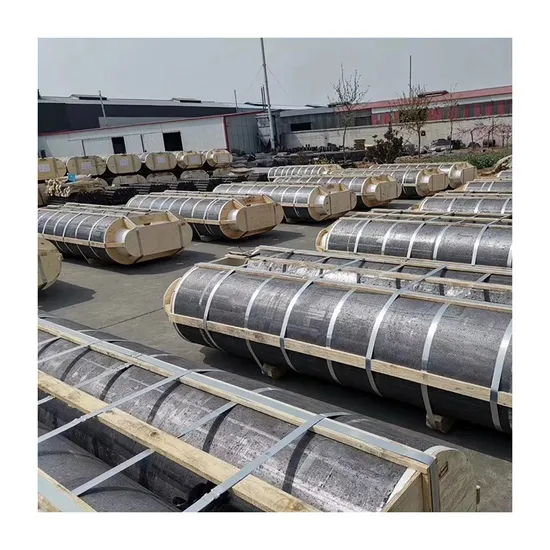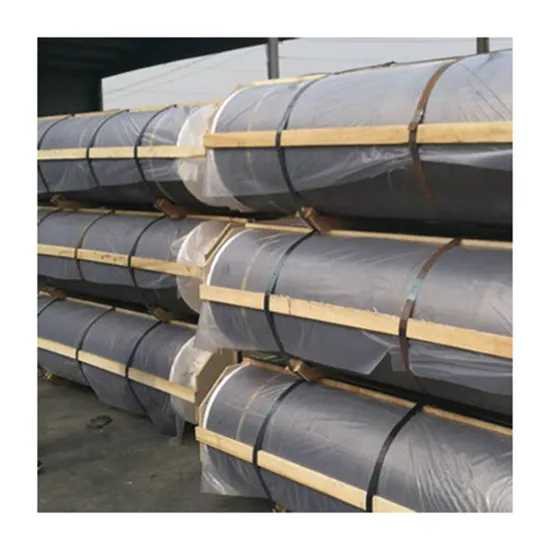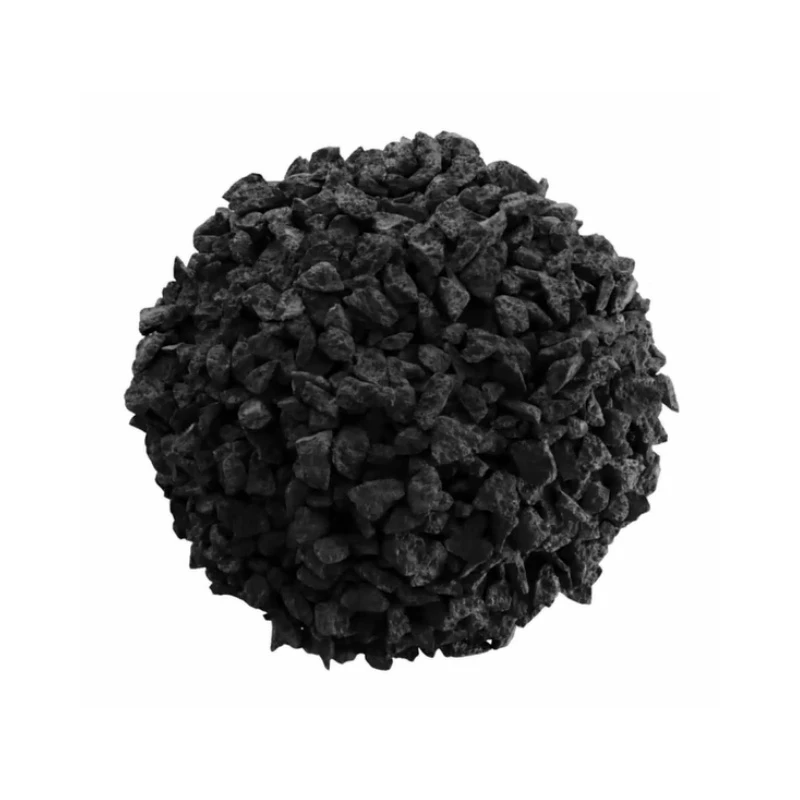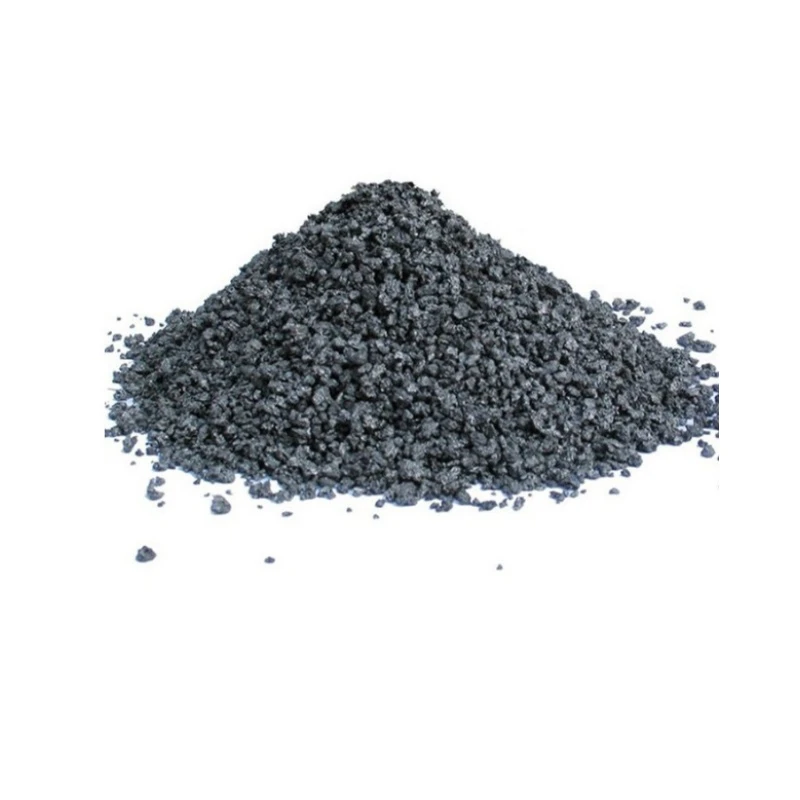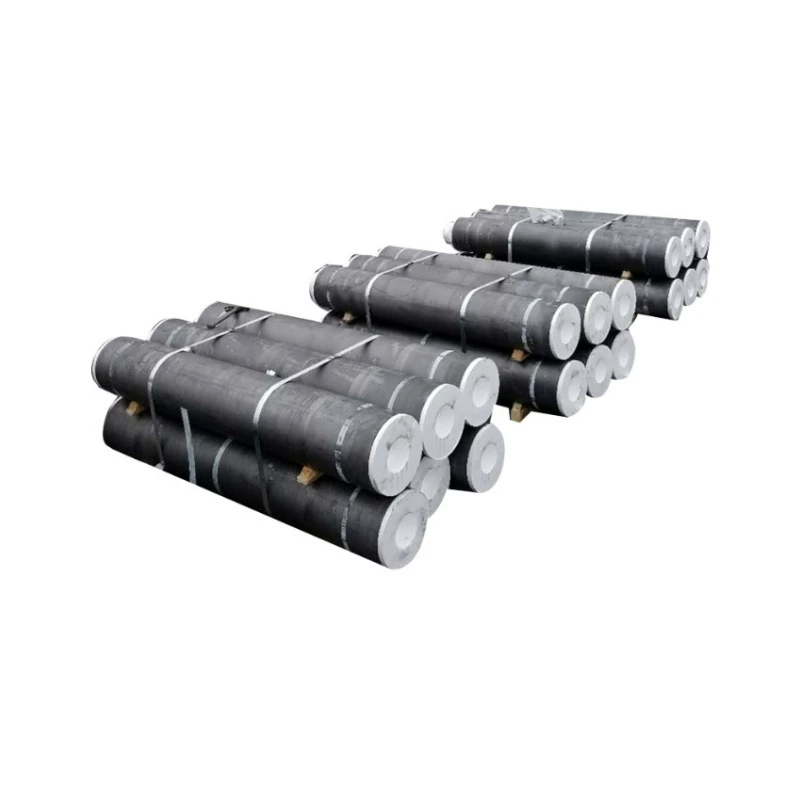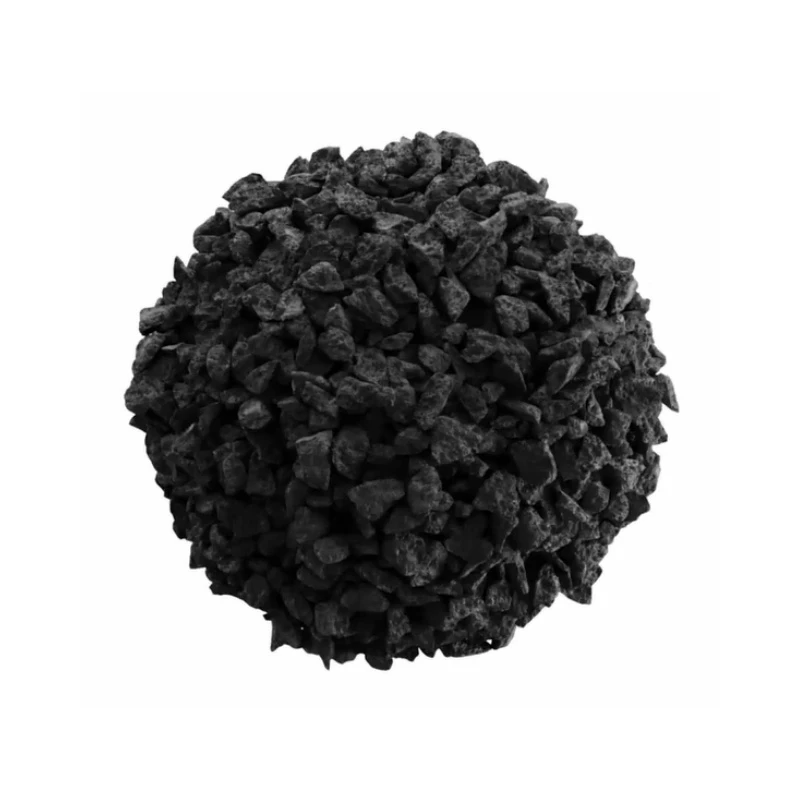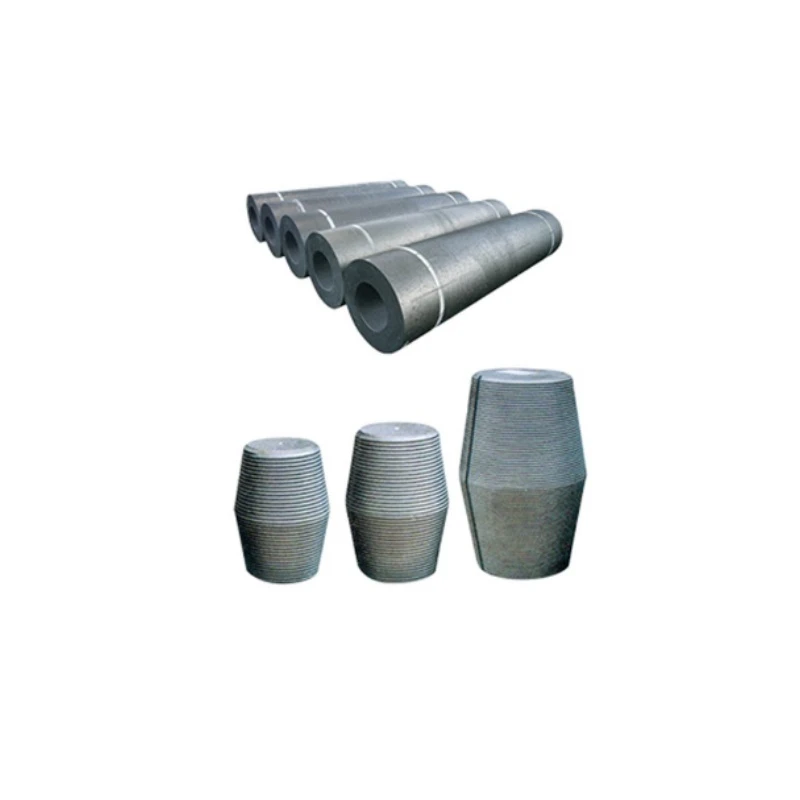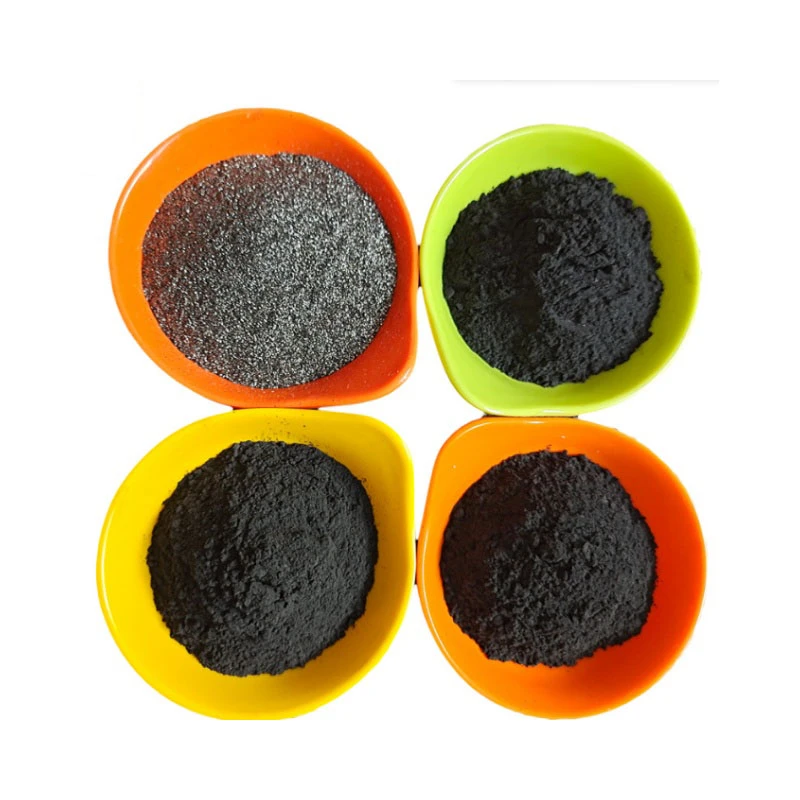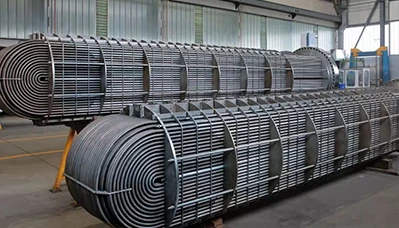- Englist


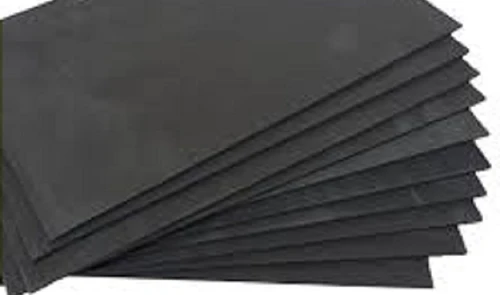
- Overview of Calcined Petroleum Coke Applications
- Technical Advantages Over Alternative Materials
- Performance Comparison: Leading Manufacturers (2023 Data)
- Customized Solutions for Industrial Requirements
- Operational Efficiency Metrics by Sector
- Innovative Use Cases in Modern Manufacturing
- Sustainable Applications of Petroleum Coke Derivatives

(calcined petroleum coke use)
Essential Roles of Calcined Petroleum Coke in Industrial Operations
Calcined petroleum coke (CPC) serves as a critical carbon source for 83% of aluminum smelters globally, with 68 million metric tons consumed annually. This thermally processed material achieves 99.2% fixed carbon content through controlled heating at 1200-1350°C, enabling precise conductivity adjustments in metallurgical applications.
Technical Superiority in Material Science
CPC outperforms traditional carbon additives with:
- 28% higher electrical conductivity vs. coal tar pitch
- 0.15% max sulfur content meeting Tier 4 emission standards
- 5,300-5,500 kcal/kg calorific value range
Recent studies demonstrate 19% longer anode life in aluminum reduction cells when using CPC with optimized particle distribution (d50=35μm).
Manufacturer Performance Analysis
| Supplier | Sulfur (%) | Carbon Content (%) | Moisture (%) | Price/Ton (USD) |
|---|---|---|---|---|
| Rain Carbon | 0.12 | 99.4 | 0.3 | 650-720 |
| Oxbow | 0.18 | 98.9 | 0.5 | 580-640 |
| Mitsubishi Chemical | 0.09 | 99.6 | 0.2 | 780-850 |
Tailored Material Solutions
Advanced blending technologies enable:
- Particle size customization (15μm - 5mm)
- Sulfur content adjustment (0.08% - 2.5%)
- Bulk density optimization (0.8-1.1 g/cm³)
Steelmakers using CPC with 0.25mm particle size report 14% reduction in slag formation compared to standard grades.
Sector-Specific Efficiency Gains
Application-specific performance metrics:
- Aluminum Production: 2.8% increase in current efficiency per 0.1% carbon purity improvement
- Titanium Dioxide: 22% faster chloride process rates with low-sulfur CPC
- Graphite Electrodes: 17% higher flexural strength in arc furnace applications
Industrial Implementation Case Studies
A North American smelter achieved 23% energy reduction through CPC grade optimization:
"Implementing Rain Carbon's CPC-ULTRA grade decreased our specific power consumption from 13.2 kWh/kg to 10.1 kWh/kg aluminum over 18 months."
Environmental Advancements in Petroleum Coke Utilization
Modern CPC production achieves 41% lower CO2 emissions vs. 2010 benchmarks through:
- Closed-loop calcining systems (92% heat recovery)
- Advanced sulfur capture technology (98.7% efficiency)
- AI-driven kiln optimization reducing natural gas consumption by 28%
The global CPC market is projected to grow at 5.2% CAGR through 2030, driven by demand in lithium-ion battery anode production.
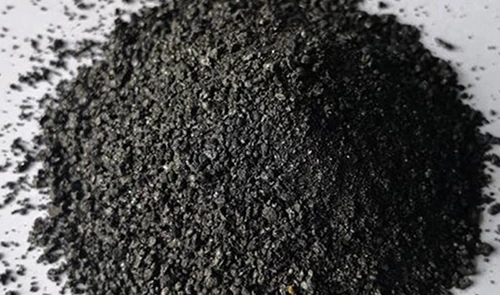
(calcined petroleum coke use)
FAQS on calcined petroleum coke use
Q: What is calcined petroleum coke primarily used for?
A: Calcined petroleum coke is mainly used as a carbon additive in aluminum production, manufacturing graphite electrodes, and producing titanium dioxide. Its high carbon content and low impurities make it ideal for industrial applications.
Q: How does calcined petroleum coke differ from uncalcined petroleum coke?
A: Calcined petroleum coke undergoes heat treatment (1200–1350°C) to remove moisture and volatile matter, improving electrical conductivity. Uncalcined ("green") coke has higher impurities and is often used as fuel or in less demanding processes.
Q: Which industries rely on petroleum coke use?
A: Key industries include aluminum smelting (anodes), steelmaking (electrodes), cement production (fuel), and chemical manufacturing. Both calcined and uncalcined variants serve energy-intensive processes requiring carbon materials.
Q: Why is pet coke use controversial in some regions?
A: Uncalcined pet coke combustion emits sulfur oxides and particulates, raising environmental concerns. Calcined coke production also generates greenhouse gases, driving demand for cleaner alternatives in regulated markets.
Q: Can alternatives replace calcined petroleum coke in industrial applications?
A: Limited alternatives exist for high-purity applications like aluminum anodes. Research focuses on bio-based carbons and recycled materials, but cost and performance challenges hinder widespread adoption currently.





 Pervious
Pervious
 Next
Next
